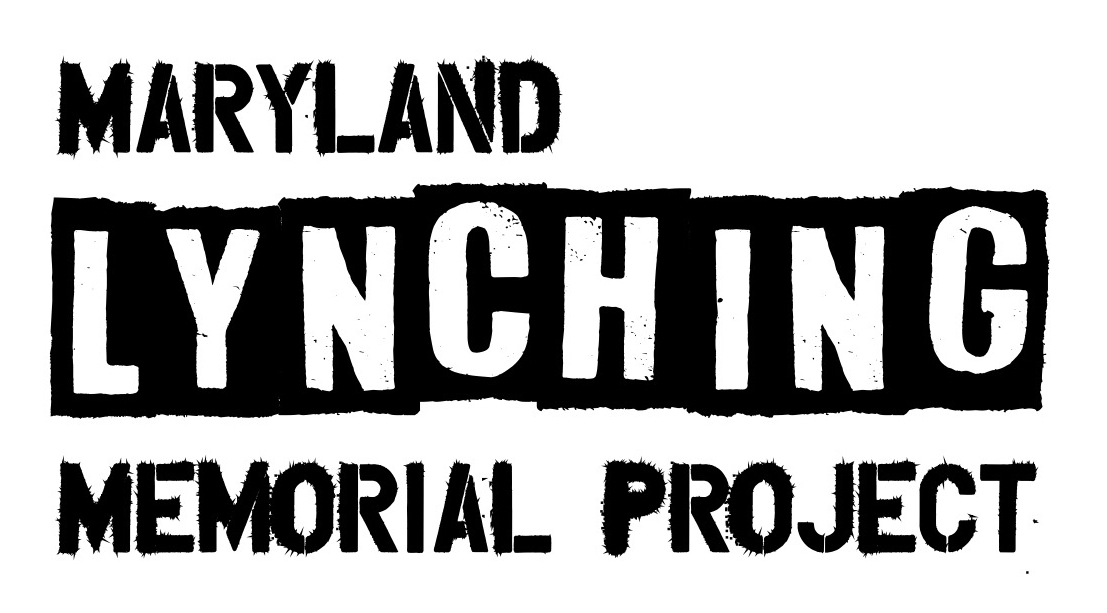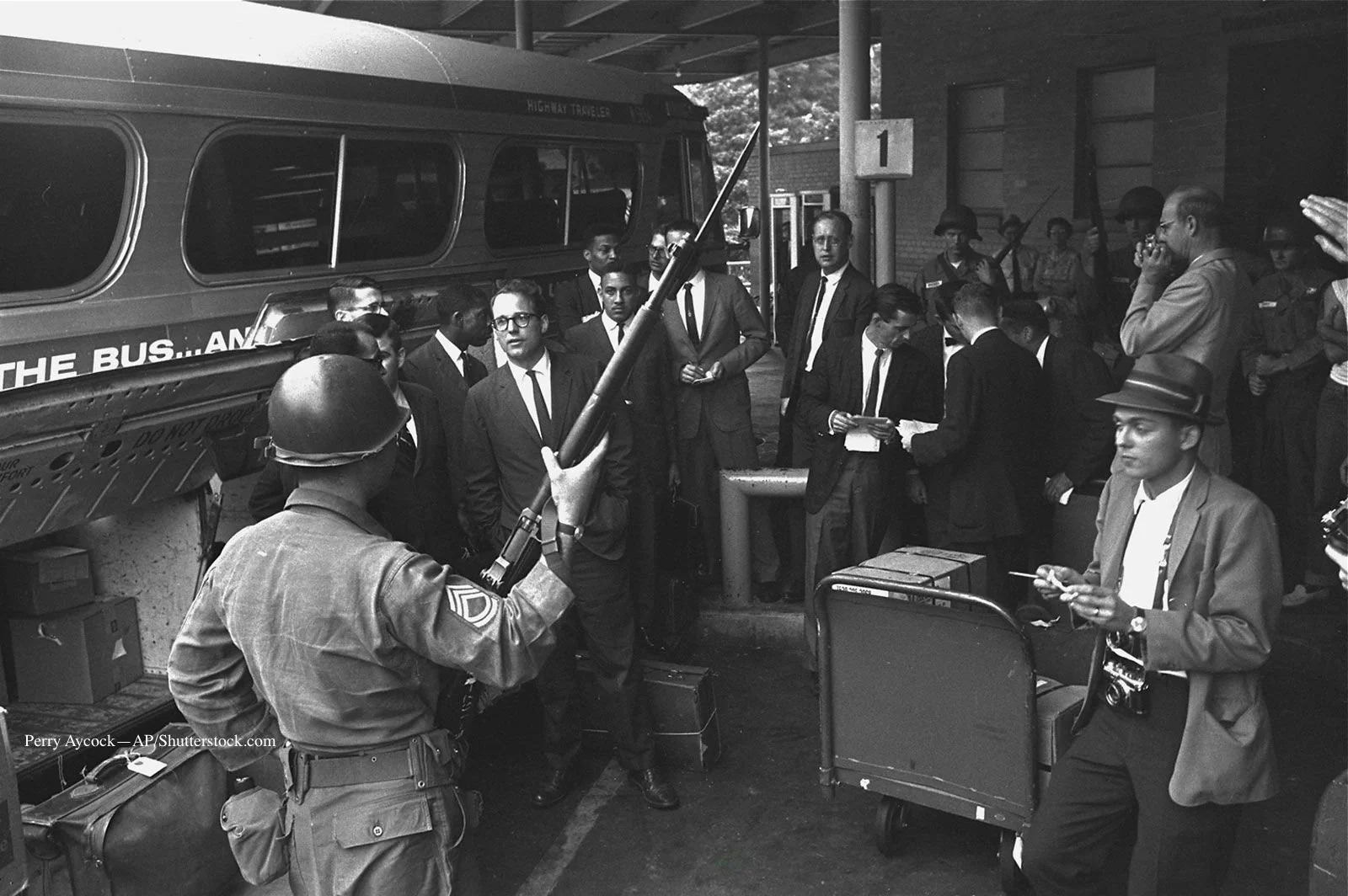Reflections from the Road - Friday, October 27th
/Reflections from Friday, October 27, 2023
This trip has been one full of steps but meaningful ones. Montgomery, Alabama is a rich place where history and honesty are experiencing a reckoning. We started our morning at Riverfront Park which Experience Montgomery describes as, “there’s no better place to enjoy Montgomery’s feel-good vibe than Riverfront Park.” I suppose it depends on who you ask and what their understanding of that space is.
Dr. Terry Scott contextualized the power of place and reclamation of agency in paralleling the history of the Alabama River. This river has a history of Black bodies being held captive and sold devoid of any humanization in preparation of being sold at the auction block. If these waters could talk, we could only imagine the stories they would tell. We can only imagine the horrors they have seen. That all changed on August 5, 2023 when Damien Pickett, a Black man who was the co-captain of the Harriott II, in the course of doing his job requested that a private boat, docked where the Harriott II was meant to be, move out of the way and abide by the rules so clearly posted there saying no docking was allowed. In response, Mr. Pickett was met with obscene gestures and violence. The white people felt so entitled that their response to a request for them to follow the rules was violence. Violence and Black bodies have met one another before in this space, but on this day the response was different. The Montgomery Brawl showcased what I consider a reclamation of agency where enough was enough, and the violence committed against a Black body was going to be met with self-defense.
I remember seeing the videos in the media that day, proud that so many people came to the defense of a Black man who was just doing his job. This morning I was proud to pay homage to the power of the space being a place where a narrative was challenged in a very public way. I thought of the many other ways that instance could have gone, where Mr. Pickett could have easily become another hashtag as a result of gun violence when all he expected to do that morning when he left his house was go to work, do his job, and go back home. We talked about the walks many took from these waters on over to the auction where they would be sold and separated from their family members, some forever, never to see their loved ones again. I thought of the raised blood pressures, the heart aches, the many ways that these pains have manifested in Black bodies in that very space over the years. August 5, 2023 seemed to be a welcomed disruption in challenging the public memory of what that space represents.
Next, we walked through downtown Montgomery to get a better understanding of how signage throughout this part of the city was strategically placed to tell certain stories and, depending on the verbiage, you could likely guess what the interests of the sponsors behind the commemorative plaques were. The Equal Justice Initiative (EJI) sponsored markers took more honest approaches to telling the story of what happened in that area. The commemorative marker highlighting the Montgomery Slave Trade named the streets we stood on as places where slave traders operated, whereas the marker right in the space that was the auction block made no mention of actually being where the auctions took place. The auction block was turned into a fountain 20 years after the period of enslavement ended. I would be remiss if I did not mention how much I appreciated Dr. Terry highlighting an issue that I hold very dearly. Years ago, I made a conscious decision to stop using the term slave because I felt it robbed my ancestors of their humanity and made their whole identity about the circumstance they happened to find themselves in which completely disregarded who they were as people. I use the term enslaved person to refer to them as humanely as possible. They were community members, creative people, people who were loved, and people who were loving. I don’t want to reduce them to one term that depicts the unfortunate circumstance they found themselves in due to no cause of their own. Dr. Terry highlighted that as we spoke about the realities they faced in Montgomery many years ago.
We spent a moment in front of the EJI facade honoring the contribution they’ve made to changing our narratives regarding history in our country. EJI, founded in 1989, has confronted head on what it means to meaningfully occupy space and create room for truth to exist in spaces that have been intentionally curated to exclude it. EJI’s headquarters are in an old warehouse where enslaved people were kept. Founder Bryan Stevenson is very intentional in utilizing space meaningfully which we will see more of tomorrow as we visit the Legacy Museum and National Memorial for Peace and Justice.
We spent some time outside of Dexter Avenue Baptist church, which was the church that Dr. Martin Luther King Jr. pastored on his own. As a group, we read from Dr. King’s speech, “Our God is Marching On!” a speech he read near the Capitol on March 25, 1965.
It was incredibly powerful to stand with Mr. Charles Mauldlin as he recounted the conversations that happened in planning the march from Selma to Montgomery. I especially loved watching him reflect on the moments where he stood by the steps of the capitol looking down at the crowd of around 25,000 people gathered in support of voting rights for African Americans. He also proudly recounted that his parents were the first two people in their county to register to vote. He shared so many insights with us about what his experiences have been in Montgomery and it was inspiring to be in that space with him.
As we made our way toward the Capitol we engaged in meaningful discussion around a myriad of topics regarding how anti-Blackness penetrates nearly every facet of our socialization in the United States. David Domke and Dr. Terry Scott did a phenomenal job tying enslavement to our system of mass incarceration creating a timeline for us to understand how enslavement gave way to convict leasing which gave way to the system of incarceration that we experience today. Dr. Terry even talked about how Black bodies were given much more care and consideration during enslavement where slave masters would always stop short of death in punishing enslaved people because they could not afford to lose out on their investments. If they killed those that they enslaved, they would still be responsible for paying for them, whether they were leased, or borrowed…the bottom line was enslavers would owe debts if they killed them. After enslavement ended, they no longer cared to stop short of death. We see that reality today where many die in prison with absolutely no care for their health.
I became overwhelmed with a sense of grief and empowerment visiting the “Mothers of Gynecology Monument.” Though I have no children of my own yet, I am very aware of the public health crisis that I am a part of with Black maternal health outcomes being what they are. The monument and the space it occupies. One of my favorite things about this space is how insignificant J. Marion Sims is there. There is a small placard on the floor that says “This tablet marks the site of the office and infirmary of Dr. J. Marion Sims. Here, in 1845, he performed the first closure of a vesico-vaginal fistula with wire suture, using a pewter spoon as speculum. This operation made him famous throughout the world.” Outside of that, the presence of Black women is loud and large, with a large beautifully constructed sculpture of the three mothers of gynecology---Anarcha, Lucy and Betsey---standing larger than life. I was taken aback by the fullness and beauty of their features. I saw myself in them and took pride in that. Surrounding them were narratives of Black women being humanized and referenced with their pain being acknowledged with love. I can’t fully put into words how powerful this space was for me but I am grateful that it exists.
Our last stop of today was dinner at J.W. Beverette’s were we learned from former EJI attorney Laurel Hattix. She succinctly broke down the ways in which Alabama’s history creates certain experiences for Black people within our criminal legal system and talked about the work that she had done fighting for those on death row. She talked about the injustices many have faced and the work done to end the death penalty for children. We had the privilege of being joined by one of our group member’s friends who shared with us that he had served 26 years in prison and received clemency from former President Barack Obama. Hearing his story during dinner was inspiring. We left that dinner feeling so full with a call to action, to act…to make sure that we leave this trip empowered and equipped with the knowledge necessary to use our voices for change. I walked away from dinner tonight absolutely in awe of the courage and power those who shared our day with us imparted us with.




